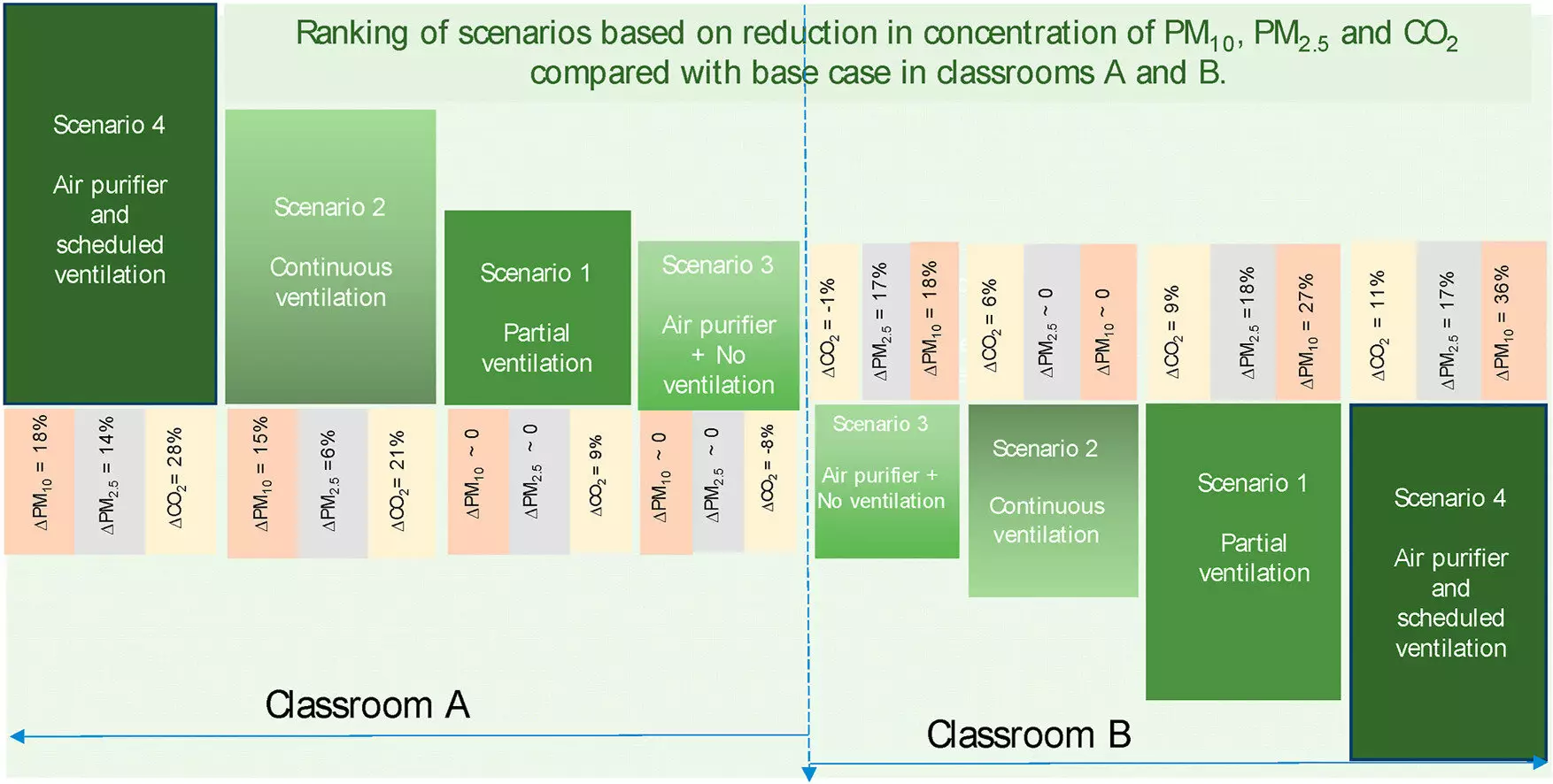Ensuring clean and healthy air quality in classrooms is crucial for the overall well-being and concentration of students. A recent study conducted by the University of Surrey highlights the importance of implementing air purifiers and opening windows in schools to combat air pollution.
The research suggests that using air purifiers during school hours and opening windows after hours is the most effective combination to improve classroom air quality. This approach helps in reducing pollution levels and creating a healthier environment for students and teachers alike.
It is essential to understand that the effectiveness of these strategies may vary depending on the characteristics and location of the classroom. While opening windows can significantly improve air quality, it may not always be practical. Thus, a tailored approach is recommended to ensure maximum impact.
The study monitored pollution levels in two classrooms at an infant school in Guildford, UK, located near a busy road with heavy traffic. The results showed that alternating the use of air purifiers with scheduled window openings led to the most significant improvements in air quality. Coarse particle pollution decreased by 18% in one classroom and 36% in another, emphasizing the positive impact of this approach.
Professor Prashant Kumar, the director of GCARE, highlighted the importance of implementing these strategies in classrooms. He emphasized that policymakers should consider the timing and methods of using air purifiers and opening windows to optimize the benefits for students. This proactive approach can significantly enhance the learning environment for millions of children worldwide who are exposed to poor quality air.
Schools play a vital role in promoting clean air and ensuring a healthy learning environment for students. By implementing a combination of air purifiers and scheduled window openings, schools can effectively reduce pollution levels and improve overall air quality in classrooms. It is imperative for policymakers and educators to prioritize the well-being of students by adopting these strategies to create a conducive learning environment.


Leave a Reply